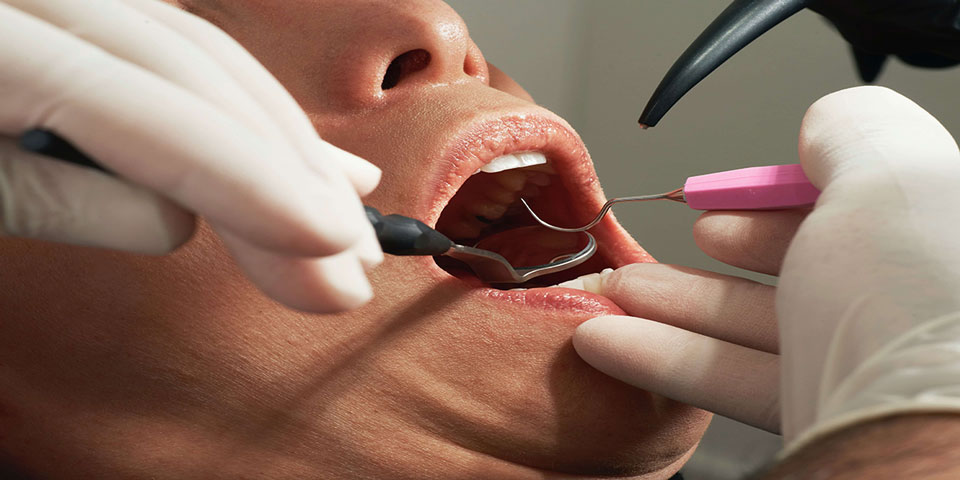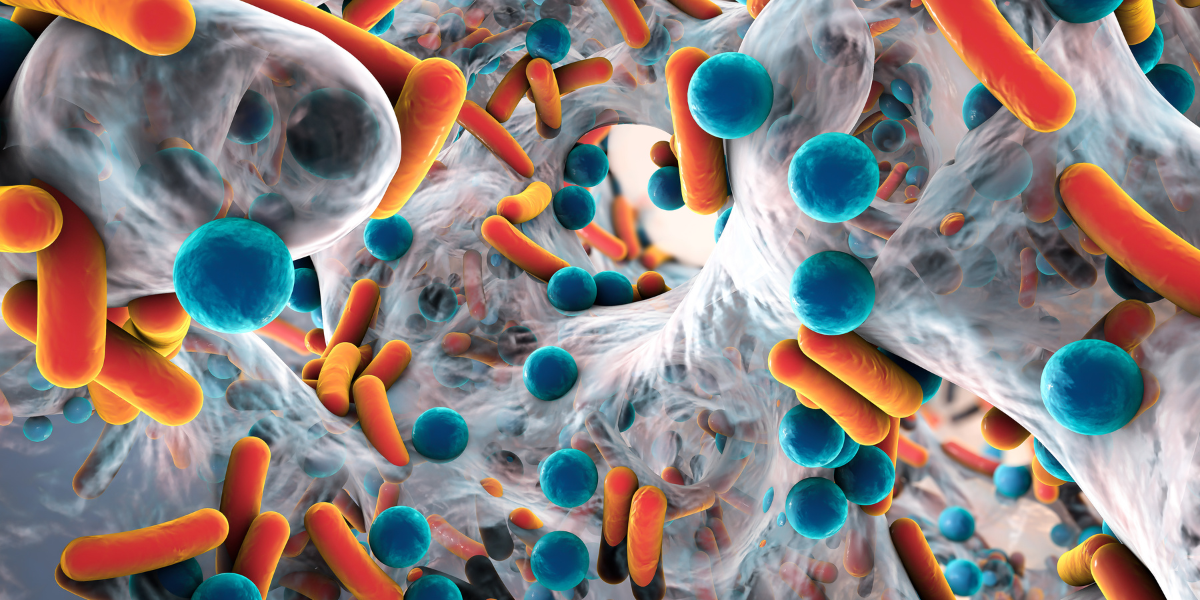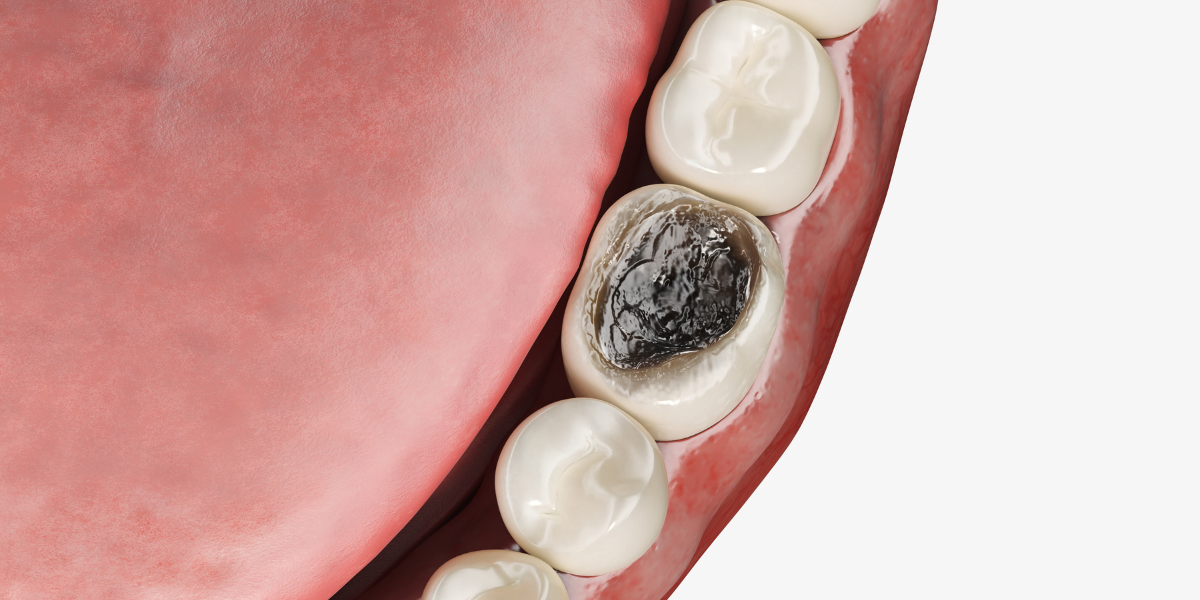Cavity Formation Process (dental caries)

A cavity is a hole that forms when the hard outer layers of the tooth are broken down by acid.[1]
Dental caries is a transmissible, infectious, communicable disease.[2] With a good oral health routine accompanied by a clean diet dental caries is completely preventable. Each time we consume a food or beverage the demineralization process takes place; however a healthy mouth will quickly offset the loss of minerals through remineralization. When a healthy balance becomes offset the caries process begins.
Bacterial colonization begins instantly following removal.
When the oral pH drops below 5.5 plaque formation begins to develop. Below plaque resides a bacterium that produces acids. These acids dissolve minerals in the tooth forming weak spots just below the surface of the enamel. This process is known as demineralization which if not treated will result in a cavity.
Saliva is our body’s natural defense mechanism.
Saliva continually circulates in the mouth removing any debris present. With good oral hygiene habits, saliva can inhibit the colonization of existing bacteria. As the bacteria are washed away, proteins, vitamins and minerals found within saliva absorb into the tooth surface.[3]
Cavities do NOT occur in the absence of bacteria.
Bacteria and other microscopic organisms naturally inhabit the oral cavity. These substances are constantly colonizing, and if removal does not take place, plaque is accumulated. Plaque promotes interaction of other bacteria along with food particles and proteins found in saliva, intensifying acid production and preservation on the tooth surface.
Caries occur in the presences of bacteria ONLY at acidic pH values.
Acid production is a result of linking carbohydrates with sugars. Plaque deposits on the tooth surface also contain acid-producing bacteria that become active when introduced to sugars. pH of the mouth regularly fluctuates; most organisms in the mouth cannot grow at pH values less than 5. Frequent acid exposure to the tooth surface disrupts the remineralization process and allows weakening and destruction of the tooth surface.
Remineralization occurs ONLY in the absence of an acidic environment.
Remineralization is the healing process in which minerals are re-deposited in the demineralized area on the tooth surface.3 The success of the process depends directly on the protective factors of saliva and the action of fluoride ion. Fluoride abundant saliva inhibits the demineralization and interferes with the enzymatic requirements of bacteria. Fluoride is an essential element in the protocol for the control of dental caries.
References
- How Do We Get Cavities Infographic | Kool Smiles Blog.” Insert Name of Site in Italics. N.p., n.d. Web. 15 Oct. 2014; http://www.mykoolsmilesblog.com/how-do-we-get-cavities-infographic/
- Lamont, Richard J. “Caries.” Oral Microbiology and Immunology. Washington, D.C.: ASM, 2006. Print.
- Wilkins, Esther M. “Prevention and Control of Dental Caries.” Wilkins Clinical Practice for the Dental Hygienist, 10th Ed Student Workbook for Clinical Practice for the Dental Hygienist, 10th Ed Nield-gehrig Foundations of Periodontics 2nd Ed. 10th ed. Lippincott Williams & Wilkins, 2009. 397-405. Print.








